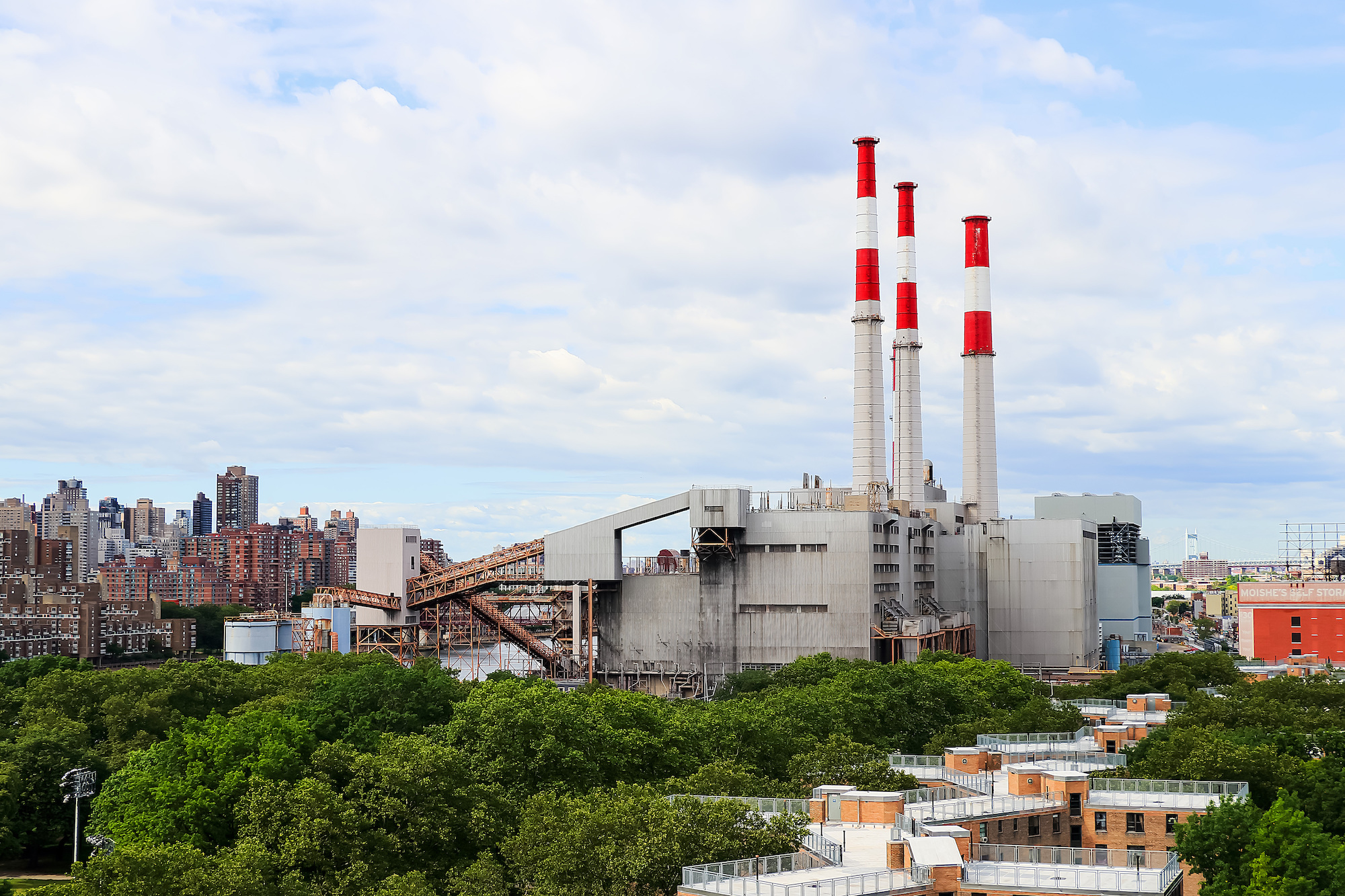The electric system powering NYC is poised for a clean energy transformation.
New York State’s nation-leading climate targets require an unprecedented greening of the state’s electric grid over the next two decades. The grid is also more important than ever to buildings in NYC: the emissions caps in Local Law 97 will soon make building owners accountable for carbon emissions from electricity use.
Fossil fuels dominate the current sources of NYC’s electricity. Building large-scale renewables nearby is challenging, and existing transmission lines to bring clean energy from elsewhere are maxed out. In the near term the grid will also get dirtier: Indian Point nuclear facility—which historically provided a quarter of NYC’s electricity—is fully closing by April 2021.
Cleaning the grid will require dramatic changes to electricity generation, transmission and distribution to NYC buildings, all while maintaining grid reliability.
About the NYC grid
Nearly 50 percent of NYC’s electricity comes from in-city power plants. The rest comes from
Westchester and transmission lines that connect the city to over 6,000 MW of power from surrounding regions. The local Con Edison distribution grid serves more than 9.5 million people in the NYC metro area. Since most of NYC’s electricity comes from fossil fuel generators, electricity use accounts for about one-quarter of the city’s greenhouse gas emissions.
Download the full brief for a closer look at NYC’s electric grid, from generation to transmission to distribution.

Download the State of the New York City Grid brief
Read the two-page PDF
